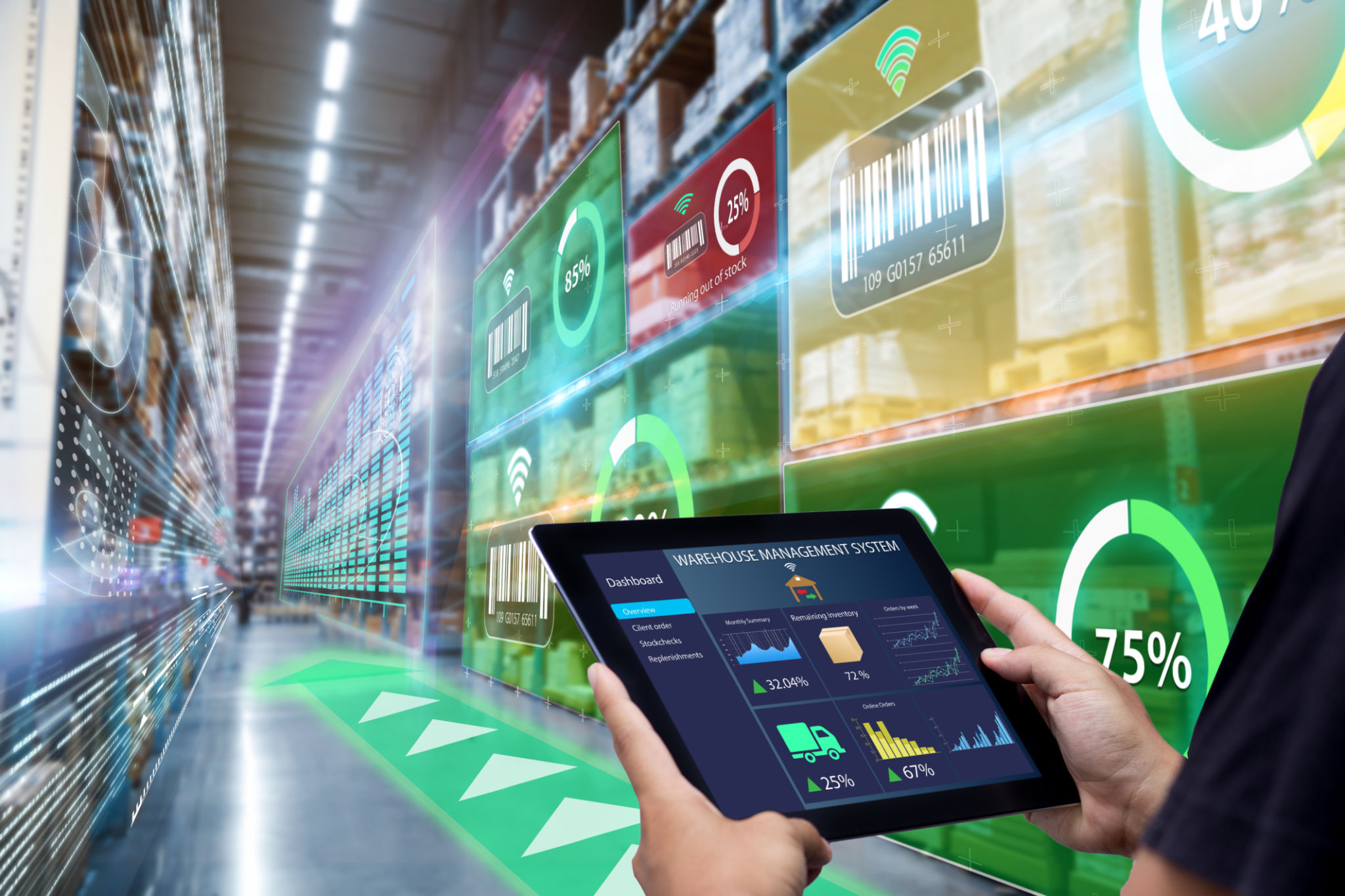Expert Tips for Designing Effective Custom Transport Packaging
Understanding the Importance of Custom Transport Packaging
Custom transport packaging is a critical component in the logistics and supply chain industry. It not only protects goods during transit but also ensures that they arrive in perfect condition. Investing in well-designed packaging can result in reduced damage rates, increased customer satisfaction, and lower overall shipping costs.

Assessing Your Product Needs
Before diving into the design process, it's essential to assess your product's specific needs. Consider factors such as size, weight, fragility, and value. Understanding these elements will help you choose the right materials and design features to protect your products effectively.
Take into account the environmental conditions during transportation. For instance, products that are sensitive to temperature changes may require insulated packaging or temperature control solutions.
Selecting the Right Materials
The choice of materials is crucial for effective custom transport packaging. Common materials include cardboard, plastic, metal, and foam. Each material offers different levels of protection and cost efficiency. For example, cardboard is lightweight and cost-effective, while foam provides excellent cushioning for fragile items.

Consider the sustainability of your packaging materials. Environmentally friendly options, such as recycled cardboard or biodegradable plastics, can enhance your brand's reputation and appeal to eco-conscious consumers.
Designing for Efficiency and Cost-Effectiveness
When designing custom transport packaging, efficiency and cost-effectiveness should be top priorities. Use design features such as interlocking tabs or foldable structures to minimize assembly time and reduce labor costs. Additionally, optimizing the packaging size can help lower shipping expenses by reducing dimensional weight charges.
- Use digital design tools to create prototypes and test different configurations.
- Incorporate feedback from stakeholders to refine the design.
Incorporating Branding and Aesthetics
Custom transport packaging also serves as a valuable branding tool. Incorporating your brand's colors, logo, and messaging can enhance brand recognition and create a memorable unboxing experience for customers. Consider using high-quality printing techniques to ensure your branding elements stand out.

Ensuring Compliance with Regulations
Depending on your industry and destination markets, there may be specific regulations governing packaging materials and design. Ensure that your custom transport packaging complies with all relevant regulations to avoid delays or fines. This is particularly important for products that require special handling, such as hazardous materials or international shipments.
Testing and Quality Assurance
Before finalizing your custom transport packaging design, it's crucial to conduct thorough testing. Simulate transportation conditions to assess the durability and effectiveness of the packaging. Regularly review feedback from customers and logistics partners to identify any potential improvements or issues with the current design.
Continuous Improvement for Long-Term Success
Designing effective custom transport packaging is not a one-time task. It's an ongoing process that requires regular evaluation and improvement. Stay informed about industry trends and technological advancements that could enhance your packaging solutions. By continuously refining your designs, you can ensure long-term success in protecting your products and satisfying customers.
